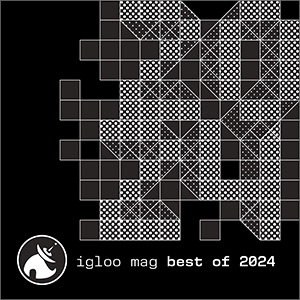It is good to hear another contribution to the genre from Dave Seidel, whose homage is a masterpiece in its own right. That’s no surprise considering how as a musician, he continues to stay true and in tune with his own musical vision, all while extending the techniques of the masters who went before him.

A kaleidoscopic roulade
Some music has the uncanny ability to open portals to transcendent experiences. This is one of those pieces of music, and it is based on another classic reality ripper that opens portals to new worlds of listening. Drone music in particular seems to have this as a built-in feature, though it isn’t necessarily unique to drones. Rhythmic pulsating percussion can do rend ruptures just as readily. Yet long durations do seem to be one of the elements of the kind of reliable music to open a door in perception. A quick pop song doesn’t really last long enough to alter awareness. If it does, it is quickly changed again when the next pop hook comes in with its claws and earworms to embed itself in the listener. Drones on the other hand have a tendency to root themselves inside the listener in a different way, at least in my experience. Music like this has the power to take me out of myself, get me out of my head, and take me on voyages into the imaginal realms. It starts with a subtle sustained tone, and then bass chords reverberate over top, after a brief harmonic ascent. Then this track blisters and blooms into a kaleidoscopic roulade that rotates like a dizzy merry go round in the stereo field.
This drone, with its lustrous ornamentation laid over the top, is as it says in the title, a homage to a work by the late minimalist musician, mystic and mathematician Catherine Christer Hennix. Hennix was a part of the circle of musicians taught by Pandit Pran Nath. Pandit Pran Nath was himself a master of the Kirana gharana style of classical Hindustani singing who counted La Monte Young, Marian Zazeela, Terry Riley, Don Cherry, Henry Flynt and Jon Hassel as his other musical students, among others. All of these musicians who studied under Pandit Pran Nath have left unique marks upon musical culture. They are part of what I call the Nath constellation of artists, whose glittering light as stars, I like to bathe under.
Some of the stars in the Nath constellation are more well-known, daddy La Monte perhaps the most. Yet the work of the others, including Hennix, deserves to be more widely heard. What all of these students had in common was a tendency to employ unique tuning systems and Just Intonation. Dave Seidel also works in this tradition, employing uncommon tunings across his releases.
Employing uncommon tunings across his releases ::
For Hennix’s work, she used the harpsichord setting on a Yamaha keyboard that had been retuned according to Alain Danielou’s “Ragas of Northern Indian Music” for the North Indian Multani scale. Since Seidel’s work is not an exact recreation of the Hennix piece but a homage, he follows part of the blueprint Hennix left behind (as noted by Henry Flynt) to create his own fantasia on her theme.
Seidel uses a set up that includes two Meng Qi Wingie2 resonators that he loaded with a custom firmware to be able to achieve the tunings he enjoys. These small units deliver incredible sound. One is used for bass and melody and the other he uses as a resonator, in a manner akin to the way a sympathetic string will resonate. Hennix accompanied her piece with sine wave oscillators, where Seidel uses a sine wave he created in Csound. All is awash in a wondrous reverb that cascades and echoes with the arpeggiations from his playing.
Like the albums Khemia and Alchemeia, from the Magic Carpathians and Scanner respectively, Seidel’s composition goes extremely well when paired with its namesake from Hennix. Each are just under twenty-five minutes, so listening to both, in whatever order, makes for a fine listening session. Though each track is enough to really get you into the zone on its own, when heard together they pack a sublime wallop.
Another work that is good to combine in on such a listening session would be Henry Flynt’s “Stereo Piano” from 1978 which has accompaniment from Catherine Christer Hennix. Flynt had been inspired by the work of his friend. He wrote that, “It’s likely that I first heard The Electric Harpsichord in the summer of 1976. My first reaction was that it did not sound like it came from planet Earth… I saw The Electric Harpsichord as initiating a new genre. I thought she and I, or anybody, should produce more works in the genre, not only because they would be valuable in themselves but to show that The Electric Harpsichord was not a fluke.”
Hence “Stereo Piano.”
“Hennix applied her ‘billowing cloud’ keyboard technique to a scale of mine, on an acoustic piano; I subsequently layered the recording. It was the only contribution to the genre on which Hennix and I collaborated.”
It is good to hear another contribution to the genre from Dave Seidel, whose homage is a masterpiece in its own right. That’s no surprise considering how as a musician, he continues to stay true and in tune with his own musical vision, all while extending the techniques of the masters who went before him.
Homage to Hennix (The Electric Harpsichord reinterpreted) is available on Bandcamp.






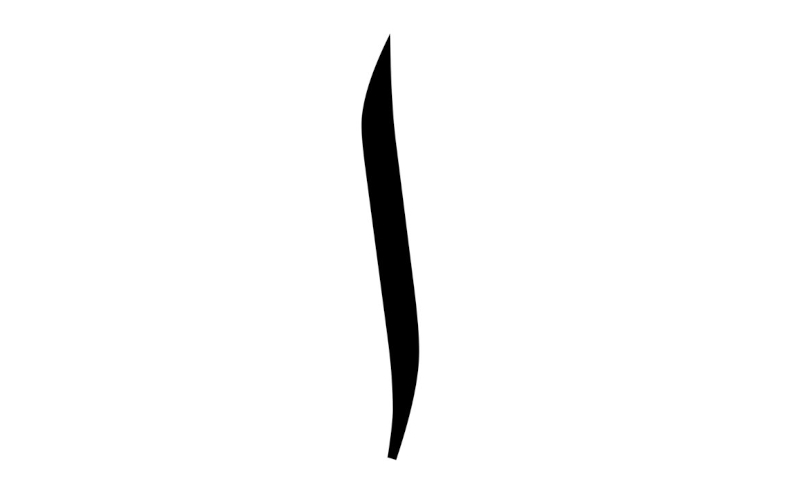

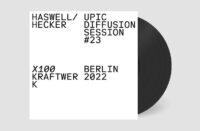
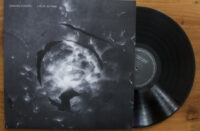
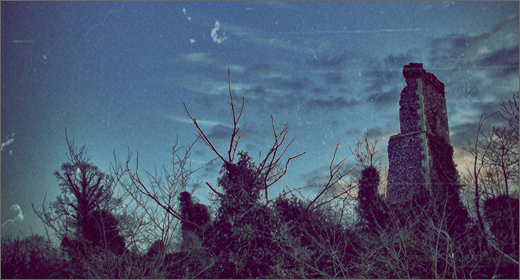
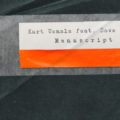

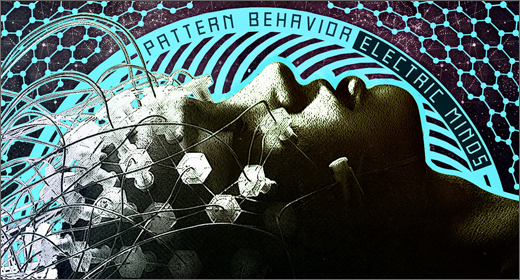

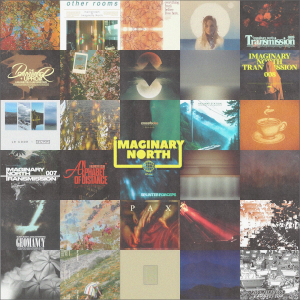

![Romanowitch :: A critical season substitute (glitch.cool) — [concise]](https://igloomag.com/wp/wp-content/uploads/2025/03/romanowitch-a-critical-season-substitute_tape_feat-75x75.jpg)







